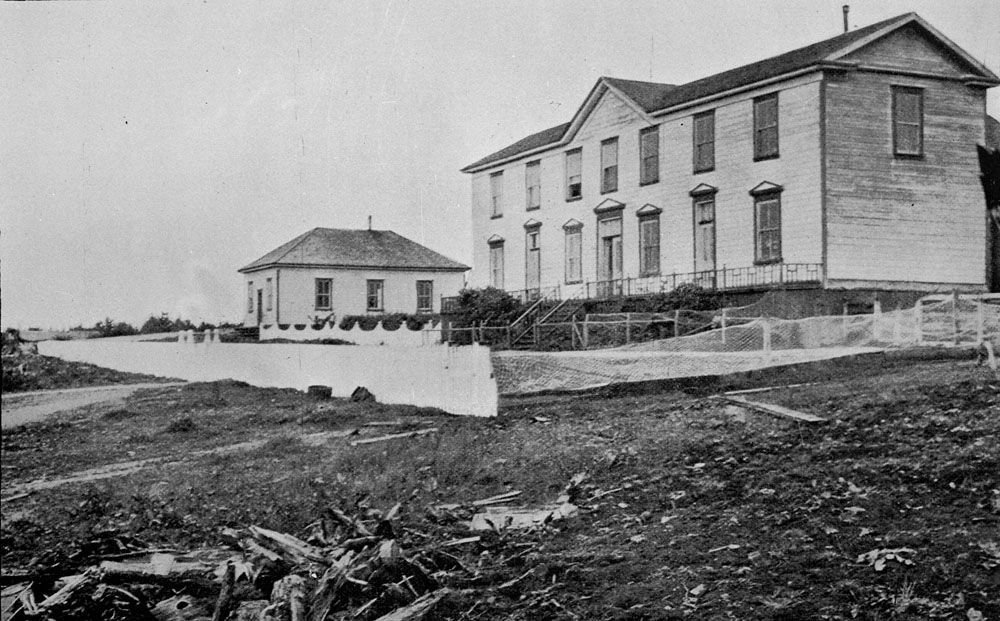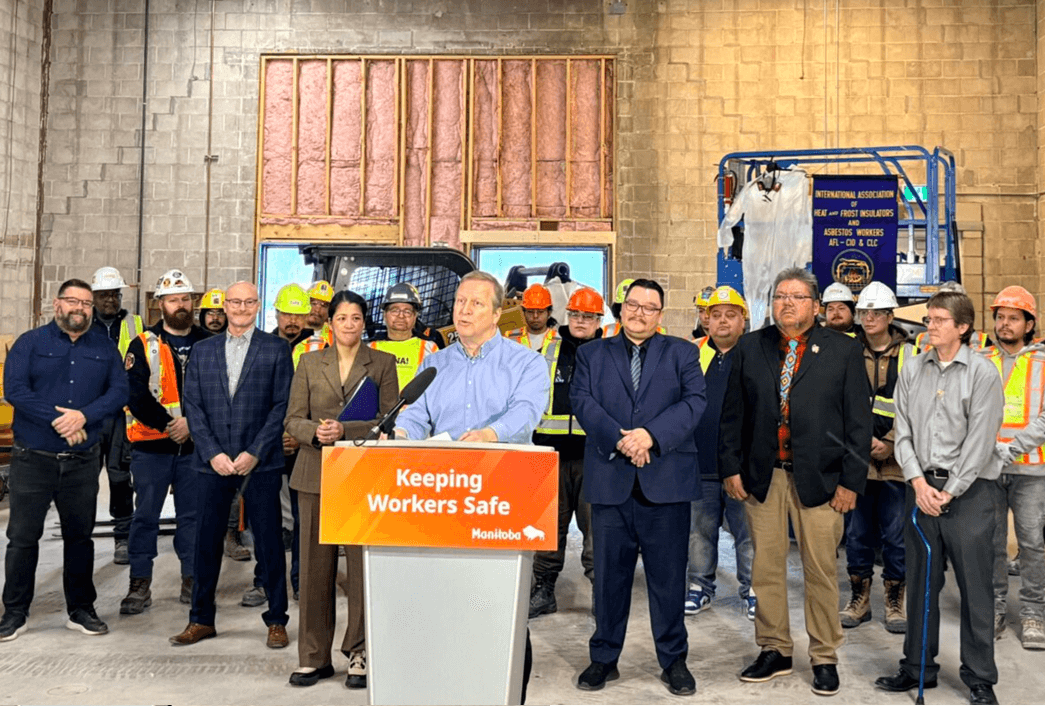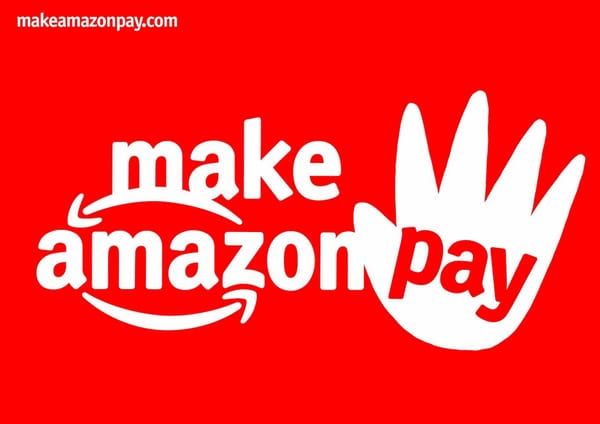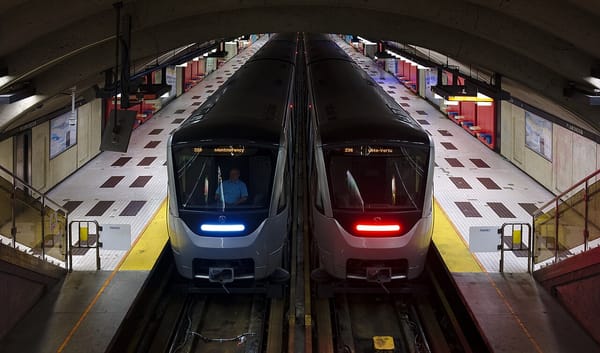
For this week’s Class Struggle, I sat down with Sean Carleton to talk about his 2022 book Lessons in Legitimacy: Colonialism, Capitalism, and the Rise of State Schooling in British Columbia, the paperback version of which is out from UBC Press today.
Sean is an assistant professor of history and Indigenous studies at the University of Manitoba. Lessons in Legitimacy argues that schooling played a central role in the making of settler-colonial capitalism in British Columbia. The book encourages us to think critically about the connections between colonialism, education and the exploitation at the heart of capitalism.
Adam King: First, congratulations on the book! It seems like it’s been really well received since it was first published last year, and it’s great to see a paperback version now available.
Can you start by telling readers about the general argument you make in Lessons in Legitimacy? Why focus on schooling, and why concentrate on this particular period, 1849-1930?
Sean Carleton: Thank you. Yes, the book is doing well, which is great because I’m donating the royalties to the Indian Residential School Survivors Society. So, hopefully the cheaper paperback can get the book into even more hands.
Overall, Lessons in Legitimacy contributes to the important project of truth-telling about Canada’s history of schooling and settler capitalism in the era of so-called reconciliation. The book unsettles the conventions of education history by bringing accounts of Indigenous and non-Indigenous schooling, often studied separately, into one analytical frame. Lessons in Legitimacy is the first substantial study to examine the role played by various kinds of state schooling, including Indian Day Schools and Indian Residential Schools as well as public schools, in helping to build British Columbia, first as a British colony and then as Canada’s westernmost province, between 1849 and 1930.
The book begins by placing the study of education in British Columbia in a trans-imperial context to show how the strategy of “ruling by schooling” was borrowed from other parts of the British Empire and adapted by state officials on the west coast to meet local needs. This included creating different kinds of schools for Indigenous and non-Indigenous children and youth. In the late 19th and early 20th centuries, different kinds of state schooling shared a hidden curriculum containing what I call “lessons in legitimacy”: the formal and informal teachings that justified the colonial project and normalized the unequal social relations of settler capitalism as commonsensical.
Students got lessons in everything from history and civics to home economics and calisthenics in ways that built their character and taught them to take up and accept unequal roles in the emerging socio-economic order. Schooling not only preserved social order in the colonies, it actively helped produce and reproduce — and legitimate — that order. Schools therefore served as important laboratories for learning colonial legitimacy in British Columbia.
AK: In the book, you write: “[C]olonial and then provincial and federal governments gradually and strategically took on greater responsibility for educating Indigenous and non-Indigenous people. They administered various kinds of primary and secondary schooling – such as public schools, Indian Day Schools, and Indian Residential Schools – in ways that helped catalyze and legitimize the making of British Columbia as a capitalist settler society.”
How do you draw the connections between the colonial project of residential schooling targeted at Indigenous peoples and schooling serving the settler population?
SC: This is a unique aspect of the book. It demonstrates the value of examining histories of schooling for Indigenous and non-Indigenous children and youth together as a totality. Studying these histories separately misses much about the story of schooling and settler capitalism in Canada and can contribute to Indigenous erasure.
I challenge that erasure by showing how the boundaries between Indigenous and non-Indigenous schooling were often broken in everyday life. Indigenous students consistently attended common and public schools in greater numbers than previously thought, and some settler parents and government officials, provincially and federally, approved and at times even defended this practice. As well, individuals also frequently moved between differing educational spheres: residential school principals sat on public school boards; their students became teachers in day and residential schools; and public school graduates also taught in day and residential schools. Thus, the complexities of colonial education can be brought into sharper focus when the two streams of schooling, for Indigenous and non-Indigenous people, are considered together.
AK: Given the appalling history of Indian Residential Schools — and the growing public awareness of the crimes committed against Indigenous children in these institutions — some might be surprised at your drawing together of residential schools and public schooling more generally. What does looking at schooling, in general, tell us about the colonial development of B.C?
SC: I’m, of course, very careful not to make false comparisons. Instead, my goal is to show how the state used similar, though different, kinds of schooling to build capitalist societies. They need to be understood as distinct but overlapping projects of state schooling. Here I am drawing on anti-colonial thinker Albert Memmi’s ideas in The Colonizer and the Colonized, where he presents an analysis of both colonizers and the colonized to offer a picture of colonial society as a whole. Settler colonialism is not only about eliminating “the native,” as scholars such as Patrick Wolfe contend, but also about building up disciplined settlers/workers as replacements to continuously build and defend the settler capitalist status quo.
In terms of the role of education in this great transformation, I show how state schooling was not only about legitimizing colonial lessons in a pedagogical sense, but it was actually part of the process of colonial and capitalist state building. Let’s take land and taxes as two easy ways to think about the material interests at play. In British Columbia, public schooling was largely paid for by dispossessing Indigenous peoples of their land. In the 1850s, Britain simply asserted sovereignty over what became the colony of British Columbia. Then, the province of B.C. refused to sign treaties with Indigenous nations. As a result, much of British Columbia’s land base was — and remains — stolen, unceded land.
During the early period of colonial settlement, and in an effort to attract and retain colonists and their families, state officials often reserved “free” plots of land to be used for the construction of schools. Property taxes were then introduced to help pay for increasing schooling costs. Thus, stolen Indigenous land underwrote the expansion and maintenance of the public school system in British Columbia, as elsewhere. The book asks these kinds of questions — and considers who benefits most from this arrangement — that serve to implicate public schooling in the settler capitalist project.
AK: Settler society is, and was, of course a class-divided society. The vast majority of settlers were or would become workers. Part of the ‘legitimation’ of settler-colonial capitalism during the period your book covers was undoubtedly about reconciling people, Indigenous and settler, to their future status as wage labour. What role would you say schooling played in the ‘making’ of the working class in B.C.?
SC: Part Three of the book specifically focuses on efforts in the early 20th century to reform schooling, for Indigenous and non-Indigenous students, in ways that continued to legitimize British Columbia’s capitalist settler society. At the turn of the century, many British Columbians viewed improved education as a key to continued socio-economic growth. In the early 1900s, the government revised schooling to train an expanding workforce and to assist with the development of Canada. In Victoria, the provincial government made a number of changes to public schooling, including introducing modern educational methods designed to keep students in class longer and to transform them into productive workers and socially efficient citizens with things like manual training and home economics classes. By the 1920s, in the aftermath of the First World War, most British Columbians had accepted improved but compulsory and government-controlled education as a normal and necessary part of life.
At the same time, in the early 1900s, the federal government expanded Indian education. It hoped that a stronger emphasis on industrial training in Indian Day Schools and Indian Residential Schools could transition Indigenous peoples from wards of the state into productive wage workers, though I outline how some Indigenous parents and students continued to challenge federal schooling schemes, with varying levels of success.
Overall, the book shows how provincial and federal efforts to assert authority over schooling for Indigenous and non-Indigenous students overlapped and played essential roles in helping to legitimize and consolidate British Columbia’s capitalist settler society by the onset of the Great Depression. New phases of colonial dispossession, proletarianization and capitalist accumulation continued after 1930, of course, but by this time the foundations of state schooling were firmly established and have not been radically altered since.
AK: Those at all familiar with the history of residential schools in Canada know that Indigenous peoples were never simply passive victims of this colonial violence. Indigenous people — children and families — resisted in a myriad of ways. Can you talk about how various peoples resisted the project of colonial education?
SC: Although the state had effectively taken control of education by the 1920s, the book stresses that resistance was ever-present, even if it didn’t always bring about meaningful change. State power, like colonial hegemony, was totalizing but never totally complete, and ruling by schooling was a contested phenomenon.
In British Columbia, some parents and guardians kept their children at home for various reasons: the school was too far away; they disliked certain teachers; or they needed children’s labour. Once in class, students often chafed against the authoritarianism that teachers were hired to impose. Indigenous students and parents also found ways to resist and challenge colonial authority, including running away, boycotts, and even student arsons. The stories of resistance presented in the book are reminders that schooling is continually contested and negotiated, even though the terms of engagement are deeply unequal, which was especially the case for Indigenous parents and children.
AK: Finally, what would you say are the primary lessons the book offers for a radical critique of settler colonialism and education policy today?
SC: I think the book sparks larger questions about the role of state schooling in capitalist societies. What is the difference between education and schooling? Is state schooling, specifically, a public good? Which “public” is it “good” for, or to pick up on questions from political economy, who benefits most from state schooling?
The book actually shows that government control over schooling was neither predetermined nor straightforwardly imposed. Instead, it offers a long view of the development of state-supported schooling as a struggle and negotiated compromise. Colonial officials promoted colonization by building roads and bridges and establishing police forces and courthouses, but they also grudgingly agreed to assist schooling efforts in limited ways, especially for labouring classes to appease disgruntled settlers.
As more working-class families moved to British Columbia, many parents lobbied the government to fund non-denominational schooling. Unable to afford private schools, they eventually ceded authority over education to the provincial government. At the same time, the federal government, responsible for Indian education, supported the expansion of missionary schooling for Indigenous peoples and collaborated with churches to create new schools. The goal of Indian education was to eliminate the so-called Indian problem by delegitimizing Indigenous lifeways and preparing children to join the workforce. Finally, to justify their increased expenditure, both provincial and federal governments assumed even more authority over education while reforming mass, mandatory schooling as a tool of rule/legitimacy. In less than a century, schooling in British Columbia shifted from mostly ad hoc and voluntary operations to compulsory state-controlled institutions designed to educate thousands of children, Indigenous and non-Indigenous, in ways that supported ongoing settler capitalism and Canadian nation building.
Understanding this history of struggle, the root — the heart of radical analysis — of state schooling challenges simplistic notions of schooling, controlled by the state, as an unquestionable, progressive social good. Schooling was, and still is, used by the state as a tool of legitimation. That being said, I think we can defend public education vigorously, and push to ensure it serves democracy and the public good more than corporate interests while also understanding how that narrow vision of simply “improving public schooling” is implicated in the project of keeping settler capitalism intact.
This dual view of schooling — as a source of oppression but also an important site for struggle (which I borrow from political economy) — keeps alive the possibility of transforming education as we transform the world and create new possibilities of living otherwise. I hope the book can get people to think more critically about the relationship between schooling and society — and dream of what education could be if it were not controlled by the state and used as a tool for legitimizing ongoing settler capitalism.







